We create digital success

Elasticbrains
Schieggstr. 23D
81479 Munich
+49 176 8562958
© 2023 Elasticbrains |
Imprint
|
Privacy Policy
The 3 Scrum artifacts used in Scrum are the Product Backlog, the Sprint Backlog and the Product Increment.
The 5 rituals (events) are the Sprint, the Sprint Planning, the Daily Scrum the Review and the Retrospective.


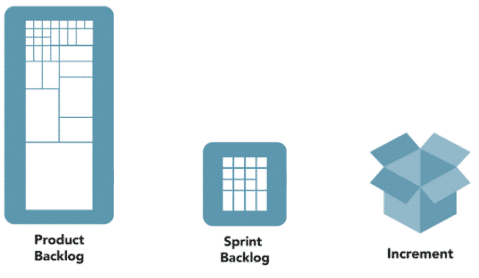



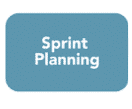
GOAL:
Planning of the upcoming sprint
Sprint Planning
Participant

GOAL:
Transparency about the current sprint status, communication within the team and quick identification of blockers.
Daily (Standup)
Participant
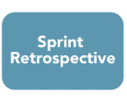
OBJECTIVE:
Continuously improve the process and/or eliminate problems.
Retrospective
Participant
More tools for retros:

GOAL:
Presentation of the implemented artifact of the last sprint just finished.
Sprint Review (Demo)
Participant

OBJECTIVE:
Presentation of new stories by the Product Owner (PO) – Story Estimation of the team for forward planning of future sprints.
Refinement
Participant
Formal, definable, implicit requirements for user stories(DoR) and increment(DoD).
Definition of Ready
Definition of Done
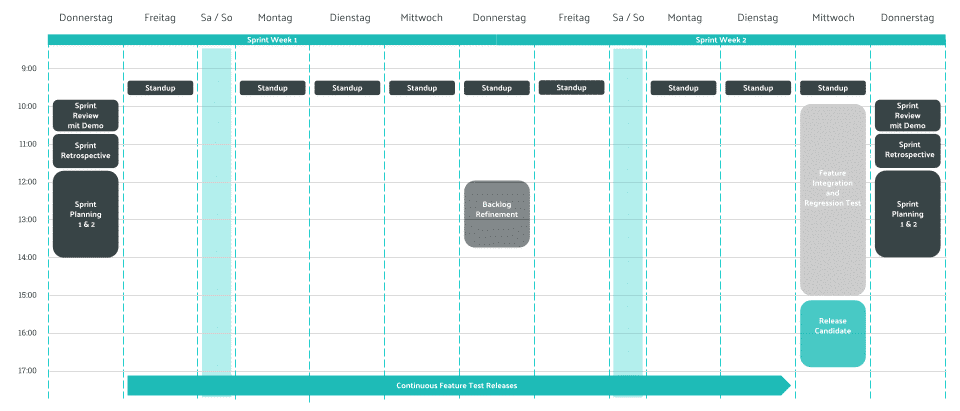
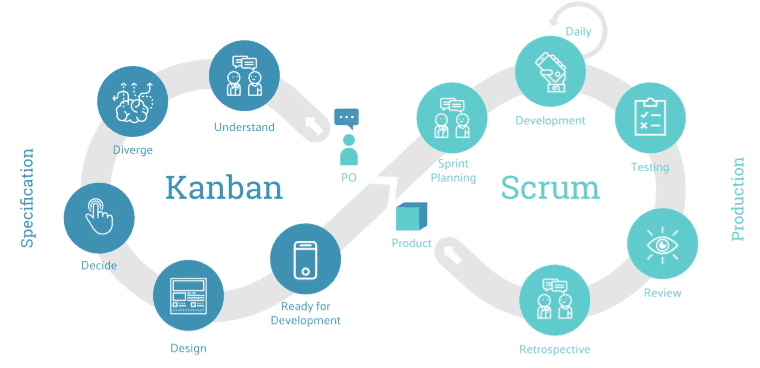
More topics in our Agile section:
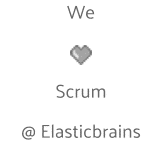

Elasticbrains
Schieggstr. 23D
81479 Munich
+49 176 8562958
© 2023 Elasticbrains |
Imprint
|
Privacy Policy
| Cookie | Duration | Description |
|---|---|---|
| cookielawinfo-checkbox-analytics | This cookie is set by GDPR Cookie Consent plugin. The cookie is used to store the user consent for the cookies in the category "Analytics". | |
| cookielawinfo-checkbox-functional | The cookie is set by GDPR cookie consent to record the user consent for the cookies in the category "Functional". | |
| cookielawinfo-checkbox-necessary | This cookie is set by GDPR Cookie Consent plugin. The cookies is used to store the user consent for the cookies in the category "Necessary". | |
| cookielawinfo-checkbox-others | This cookie is set by GDPR Cookie Consent plugin. The cookie is used to store the user consent for the cookies in the category "Other. | |
| cookielawinfo-checkbox-performance | This cookie is set by GDPR Cookie Consent plugin. The cookie is used to store the user consent for the cookies in the category "Performance". | |
| viewed_cookie_policy | The cookie is set by the GDPR Cookie Consent plugin and is used to store whether or not user has consented to the use of cookies. It does not store any personal data. |